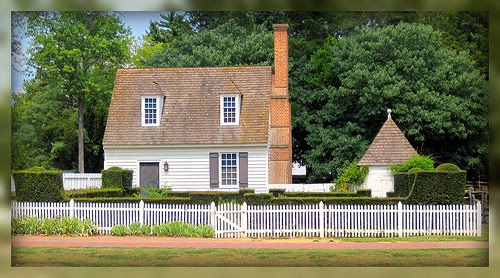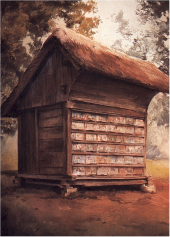Hello Cassie, et al,
I think we all would love a link to the source of these photos, which may lend some further understanding. What I can share is the evolution of many of the modalities of both earth and lime architecture infill and mass wall designs cross many cultures. Wattle and daub is a relatively "generic" descriptor for an extremely broad range of systems from 小舞壁 Komakikabe to Tabya and Dhajji Dewari. Cobb methods actually appear to have come first in the evolution of using earth for forming walls. As for cobb being "superior" in some way...it would perhaps be more accurate to think of it as an early mass wall "systems" or any earth base forms without armature. The "earth matrix" for both have different thermal properties and actually it is usually more "detailed" to mix a "daubing" than it is to mix a cobb, historically...yet both demand a lot of labor and attention to detail in the matrix. As for an overall complexity..."daubing" systems are very complex, in both matrix, and order of application, where many cobbing systems are much more simplistic.
The form in the photo strikes me as one of the
Bousillage modalites. This system is often lime based, and not earth at all. There are several other esoteric forms similar to this like Tabby work, which tends to be "mass wall" but with a shell lime base.
I can try to answer more specific questions should you have any, or go into detail on the other forms.
Regards,
j





 2
2



















































































